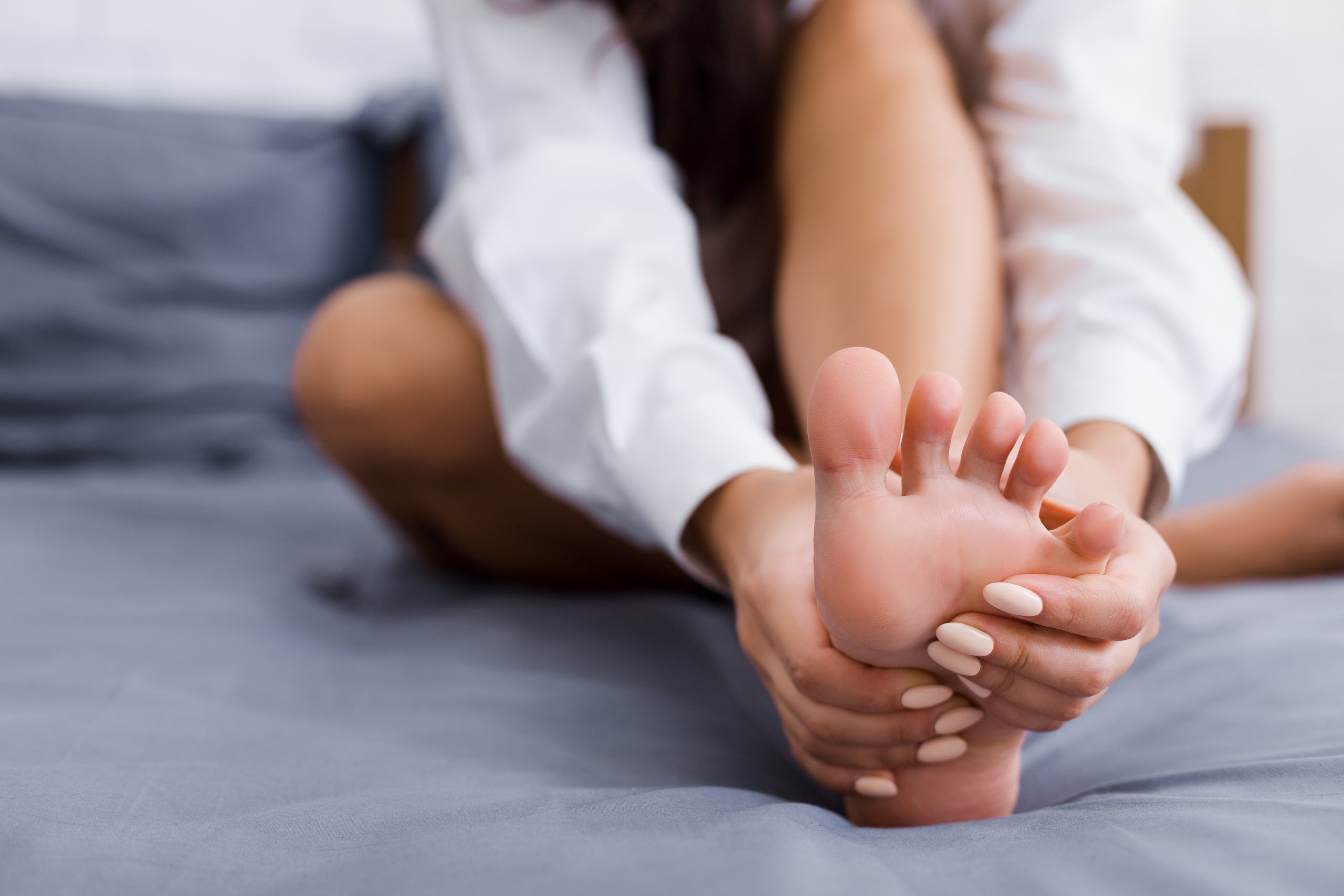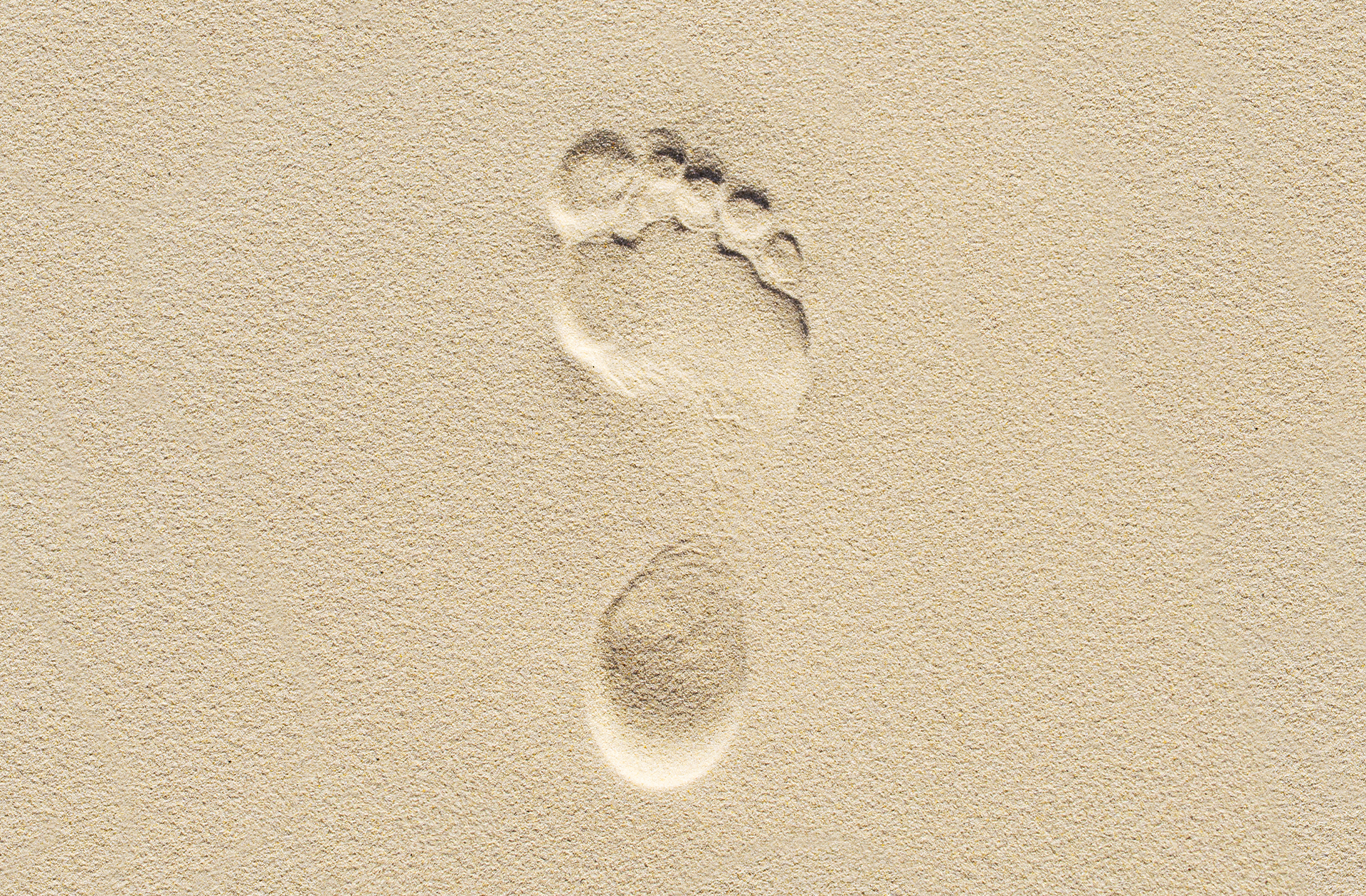
Overview
Metatarsalgia is a general term that is given for pain or discomfort in the forefoot. The term metatarsalgia can refer to a number of conditions. Common conditions that fall into this term are Morton’s neuroma, plantar plate injuries, prominent or “dropped” metatarsal heads, fat pad atrophy. People often experience a pebble like sensation on the underside of the ball of the foot. People will often find walking barefoot on hard surfaces particularly uncomfortable.
Due to the wide variety of conditions that are encapsulated in the term metatarsalgia we find that there is a broad demographic of people who can be affected. Plantar plate injuries occur more frequently in active runner and rugby players. Morton’s neuromas are more common in females over the age of 40. A thorough history is therefore needed to make an accurate diagnosis.
Symptoms
Many conditions fall under the term “metatarsalgia” meaning that symptoms can be varied. Below are some of the most common causes of metatarsalgia that we see in our clinics on a regular basis:
- Plantar plate injury – pain presents in the webbing line of the forefoot. Pain is often noted on palpation and it most commonly effects active individuals.
- Morton’s Neuroma – pain, tingling and/or numbness. Often between the 2nd & 3rd metatarsal and 3rd & 4th metatarsal. Tight footwear can increase discomfort.
- “dropped metatarsals” – this refers to a lowering of the metatarsal which will often feel like you are walking on a small pebble or stone. Barefoot walking on a hard flat surface will be uncomfortable
- Fat pad atrophy – this is where there is thinning of the fat pad – usually seen in older patients but can feel like you are walking on the “bones” of your foot. Often worse when barefoot on hard surfaces
Causes
Multiple conditions can lead to pain in the forefoot. Here are some of the most common contributors to an increased risk of metatarsalgia:
- Activity – During sports like running, football and court sports the foot is exposed to repetitive high loads. These repetitive loads lead to a higher prevalence of metatarsalgia.
- Sex – there is a higher prevalence of Morton’s neuroma in females.
- Age – Fad pads thin as we age, leaving older people more prone to fat pad atrophy.
- Footwear – Tighter footwear can compress the foot reducing interdigital space. If a Morton's neuroma is present this will potentially lead to pain.
- Bunions – Thickening and deviation of the 1st MPJ can disrupt the lesser metatarsals and toes potentially leading to pain and discomfort in the forefoot.
Treatment
Gait analysis, orthotic therapy modular/bespoke

Biomechanical Assessment
As podiatrists we specialise in lower limb pain and injury. We use biomechanical analysis as a way of understanding the anatomy of the foot and the complex mechanisms involved during movement. This will allow us to identify and diagnose many conditions in the foot and lower limb.
